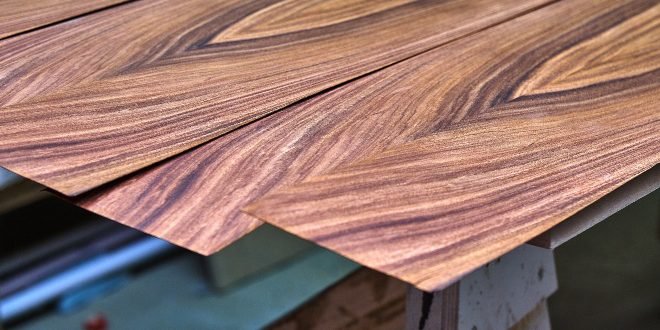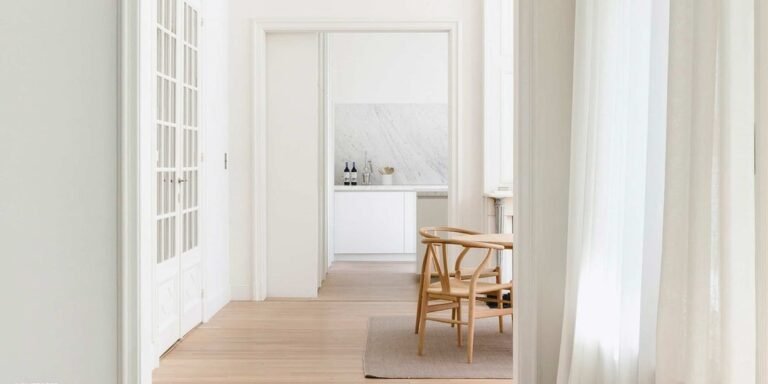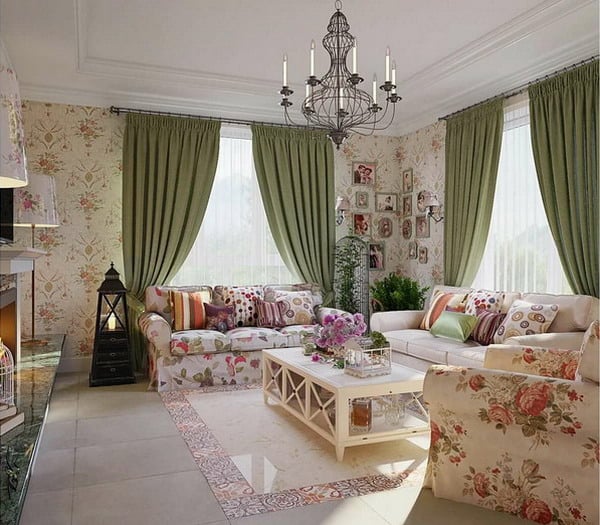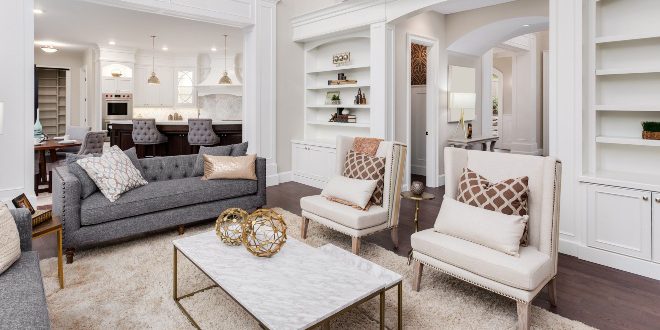What is veneered wood?
Plenty Wooden furniture are made entirely or partially from veneered wood. But what is veneered wood actually? What special features does it have and what distinguishes it from other types of wood such as solid, semi-solid or solid wood?
A conceptual explanation: what does veneer mean?
This term refers to wafer-thin sheets of wood that are applied to a stable carrier material such as chipboard, plywood or MDF boards and are thus used primarily in furniture and cladding. Whether a veneer is real wood or a pure plastic coating, it is easy to tell by touching it. While foil or plastic feels a little cool, real wood veneer, like solid wood, has a rather warm feel. Also visually, you can easily tell the difference by the grain. While plastic always looks the same, veneered wood has an individual grain and coloration.
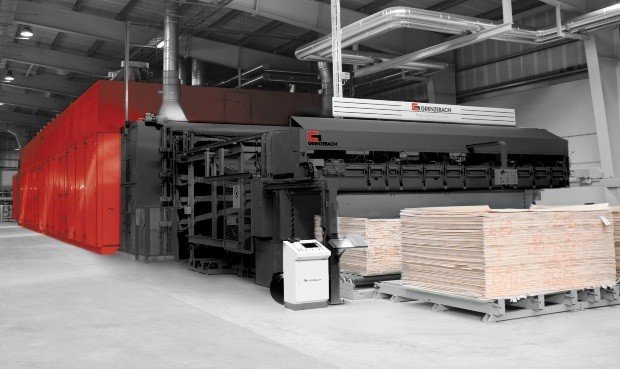
Veneered wood: the advantages
In addition to the natural and noble look and the pleasant feel, the price and the sustainable use of wood are certainly the main advantages of veneered wood. Since veneer sheets are usually only 0.3 to 0.6 millimeters thick, wooden furniture can be covered over a large area even from small quantities of native wood species, while the remaining part of the wood harvest can be almost completely used for the carrier materials.
In addition, it is as stable as solid wood. The carrier plate provides stability, although there are also qualitative differences here. Chipboard, for example, is not quite as robust, but it is cheaper, while fiberboard is more expensive, but also of higher quality.

Veneer furniture: the disadvantages
As with everything, there are pros and cons here too. Although you might think that veneered wood is particularly easy to clean, there are a few things to consider: for example, you should refrain from using detergents and ideally also from using water when cleaning. The material does not tolerate both – especially in larger quantities – well. Ideally, veneered furniture should be cleaned exclusively with a dry, soft cloth. If the piece of furniture is heavily soiled, of course, some water mixed with detergent can also be used. If the surfaces are painted, microfiber cloths are taboo for cleaning.

Veneer is similar to scratch-sensitive as normal wood. While fine scratches can be repaired quite easily, this is not possible with deeper scratches. Due to the thinness of the wood sheets, regrinding is only possible to a limited extent. One disadvantage, which perhaps is not one, relates to photosensitivity. Like solid or solid wood, veneered wood can change color over time, which, however, also makes up the special natural charm for many.
Veneered or rather solid?
The difference between veneered and solid wood is obvious. Solid wood furniture such as cabinets are made from a single type of wood. Only drawer shelves and rear walls are exempt from this. Wooden logs for pieces of solid wood furniture are debarked and debarked, then cut to size, dried, glued and finally joined with a plate press. Before the material is then processed into a piece of furniture, it must be sanded and treated with a wood protector. This can be varnish, oil or even wax.
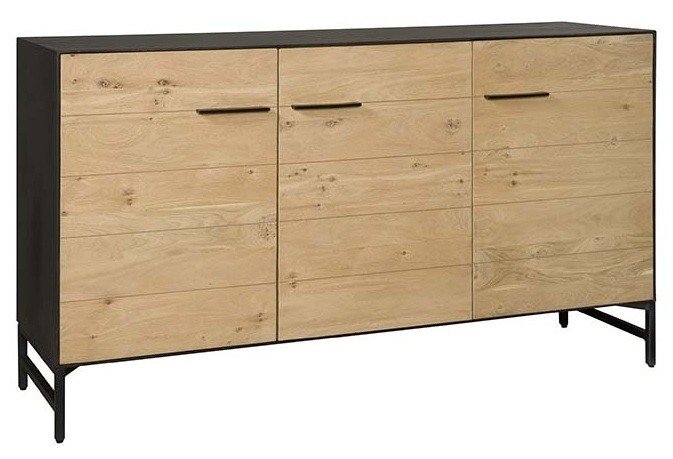
Solid wood has many advantages: it is durable, very stable and scratches can be removed much better than from the thin veneer sheets. If you value sustainability, you should make sure when buying solid wood furniture that the material ideally comes from Germany and is provided with a PEFC or FSC seal. Of course, much more of the natural raw material is required for such wooden furniture than for real wood veneer.
In addition, solid wood contributes to a good indoor climate, as it absorbs and releases moisture. However, this also means that it can shrink or swell. It works, as they say, but not as strong as solid wood. In terms of cleaning, it is as sensitive as plywood: it is best to clean it only dry and with a cloth made of soft material. By the way, you can easily distinguish solid or solid wood from veneer wood if you look at the end faces.
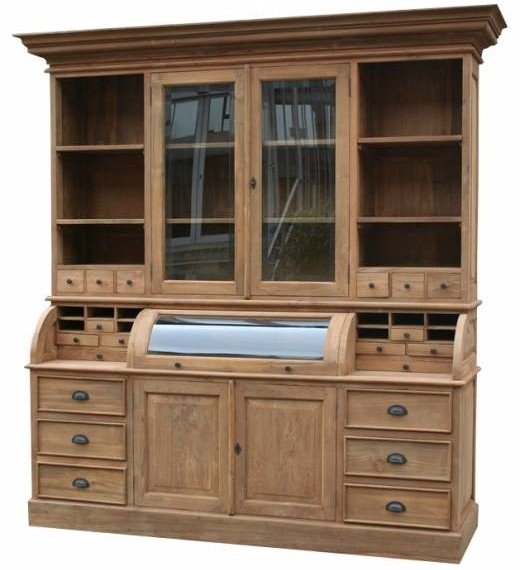
Wooden furniture made of semi-solid or solid wood?
While veneer furniture is quite common, just like solid wood furniture pieces, there is still more choice in terms of the wood type of furniture. For example, in the case of partially solid pieces of furniture, as a rule, only the front is solid, while the remaining parts are coated chipboard. Therefore, of course, they are much cheaper than massive furniture.
Solid wood is the premium class, at least in terms of price. The special thing here is that the boards are sawn from the trunk as a whole. When the boards have dried, they are cut into strips and glued into plates, which are then cut to size and sanded in turn. Solid wood works strongly, i.e. it reacts to moisture, can swell and contract. Since solid and solid wood work differently, the body of a piece of furniture should never be made from a mix of both.
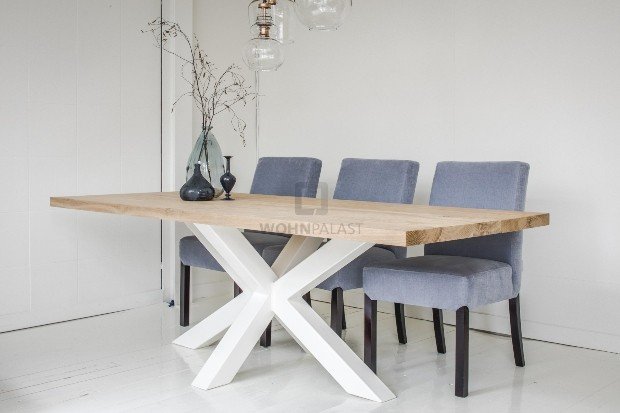
Veneered furniture vs. solid wood furniture – a look at the price
Since veneered wood is cheaper than solid wood, this is also reflected in the price of wooden furniture. Smaller solid wood furniture starts in the low three-digit range, while you can also pay four-digit amounts for larger pieces such as buffet cabinets. For veneer furniture, the price also depends on the carrier material, among other things. The type of wood and the thickness of the veneer are also decisive. The thicker the veneers, the more expensive it will be. Pieces of furniture with real wood veneer are usually in the middle three-digit range.
